Do you suffer from chronic back pain or want to improve your posture? Or Do you have any other reason to use inversion table, but you are not sure whether you should use inversion table or not.
What so ever…The goal of inversion therapy is to reduce stress on the spine by having the patient hang upside down or at an inverted angle.
However, inversion therapy isn’t for everyone, and there are some situations in which it could actually cause harm.
In this article, we’ll go over “Who Should Not Use an Inversion Table” and why it’s important to understand the potential side effects before committing to this treatment. Let’s just jump right in!
What is an Inversion Table?
An inversion table is a piece of equipment that allows users to hang upside down or at an angle, using gravity to stretch the spine and relieve pressure on the joints.
The table usually consists of a padded surface for the user to lie on, ankle straps to secure the feet, and a mechanism to adjust the angle of the table.
>>> Ultimate Guide To Inversion Table <<<
How Does an Inversion Table Work?
When you lie down on an inversion table and adjust the angle, gravity pulls your body downwards, which can help to stretch out the spine and relieve pressure on the joints.
When you do this, you can experience the benefits of inversion therapy. This may help to reduce back pain and increase circulation.
Before we jump and see Who Should Not Use An Inversion Table, first, let’s quickly walkover Who Should Consider Using Inversion Table !
Who Should Consider Using An Inversion Table?
For those who suffer from back pain, spinal disc problems, or poor posture, inversion therapy is typically advised.
It can help to ease nerve pressure, lessen inflammation, and increase flexibility. You might be a candidate for using an inversion table if you have any of the following symptoms:
People With Chronic Back Pain
Inversion therapy reduces chronic back pain. This is because hanging upside down decompresses the spine, relieving nerve pressure and pain.
People With Herniated Discs
A herniated disc occurs when the cushion-like disc between the vertebrae in your spine ruptures or bulges out of place. Inversion therapy relieves pain and promotes healing by reducing pressure on the herniated disc.
People With Poor Posture
Poor posture causes back pain. Using an inversion table can stretch your spine and relieve back pain.
People With Sciatica
Lower back and leg pain, numbness, and tingling. Inversion therapy relieves sciatic nerve pressure.
People Who Sit For Long Periods of Time
Long-term sitting causes back pain and poor posture. Using an inversion table can stretch your spine and relieve back pain.
Inversion therapy improves circulation, flexibility, and spine alignment. This can improve spinal health and lower back problems.
>>> Inversion Table Exercise & Therapy <<<
Who Should Not Use an Inversion Table ?
Inversion table s can be useful for many people, but they are not appropriate for everyone and in certain condition. So, if you are thinking about who should not use an inversion table, then here you can learn
For people with back pain or other simple or general health issues, inversion tables can be very helpful. However, some people shouldn’t use an inversion table because of potential health risks.
The following individuals and groups should refrain from using an inversion table:
People with High Blood Pressure
Avoid using an inversion table if you have high blood pressure. Hanging upside down can raise blood pressure in the head and eyes, causing vision issues and dizziness.
For those with high blood pressure, this can be especially risky.
Pregnant Women
An inversion table should not be used by pregnant women because it could put too much pressure on the uterus and potentially harm the growing foetus.
During inversion therapy, there is also a chance of falls and injuries, which can be especially dangerous for pregnant women.
People with Eye Problems
Avoid using an inversion table if you have eye conditions like glaucoma, a detached retina, or conjunctivitis. Hanging upside down can increase pressure in the eyes, which can exacerbate these conditions and permanently harm the eyes.
Individuals with Joint Problems
An inversion table should not be used by anyone with joint issues, such as arthritis or other conditions that affect the joints.
Inversion therapy involves applying pressure to the joints, which can result in pain, inflammation, and additional joint damage.
People with Heart Disease
Avoid using an inversion table if you have heart disease. For those who already have heart conditions, hanging upside down can raise blood pressure and heart rate. The likelihood of a heart attack or stroke may also rise.
People with Spinal Injuries
Avoid using an inversion table if you have spinal conditions like herniated discs or spinal stenosis. The pressure applied to the spine during inversion therapy can exacerbate these conditions and harm the spine even more.
People with Osteoporosis
An inversion table should not be used by people who have osteoporosis.
Inversion therapy can put pressure on the bones, which can lead to fractures and other injuries. People with weak bones may find this to be especially dangerous.
People with Hiatal Hernia
An inversion table should not be used by people who have hiatal hernia. The symptoms of hiatal hernia and acid reflux can be exacerbated by hanging upside down because the stomach can move upward.
Individuals with Inner Ear Problems
Vertigo and Meniere’s disease are two inner ear conditions that shouldn’t be treated with an inversion table. Dizziness, nausea, and vomiting can be brought on by hanging upside down, which can make these conditions worse.
People with Artificial Hips, Knees, or Other Joints
People who have artificial hips or knees should refrain from using an inversion table. The pressure applied to these joints during inversion therapy may harm the artificial joint or the tissues around it, which may be painful and call for additional medical care.
In conclusion, while an inversion table can be a helpful tool for many people, it is not appropriate for everyone. Avoid using an inversion table if you fit any of the above descriptions, or talk to your doctor before using one.
>>> Sciatica Inversion Table <<<
Health Benefits of Using An Inversion Table
Back pain has become more prevalent as our daily lives become more sedentary and our jobs require us to sit for extended periods of time. Although there are many ways to treat back pain, using an inversion table has become more commonplace recently.
In this blog post, we’ll look at the health benefit of using an inversion table and why it might be a good choice for people with back pain.
Relieves Back Pain
By stretching the spine and relieving pressure on the discs, inversion therapy has been shown to effectively treat back pain.
Additionally, it can help reduce muscle tension and circulation, both of which can lessen pain.
Improves Posture
Many people, especially those who work in offices and spend a lot of time sitting, suffer from poor posture.
By stretching the spine and strengthening the muscles that support it, inversion therapy can help to improve posture.
Reduces Stress
Inversion therapy is a fantastic method for relieving stress and tension in the body.
Hanging upside down can help relax the body and mind, which can be especially beneficial for people who struggle with mental health conditions such as anxiety or depression.
Increases Flexibility
Stretching the muscles and ligaments in the back is another way in which inversion therapy can assist in the process of increasing flexibility.
This may result in an increase in range of motion as well as a decreased risk of injury.
Improves Circulation
When you hang upside down, gravity works to increase the amount of blood that flows to your brain and other organs. This can help improve circulation all over the body and lower the risk of developing cardiovascular disease.
Reduces Headaches
Inversion therapy has been demonstrated to be effective in reducing both the frequency and intensity of headaches. This is due to the fact that an increase in blood flow to the brain can help relieve tension and bring down levels of inflammation.
Boosts Immune System
The production of white blood cells, which are responsible for the body’s ability to fight off infections and disease, can be increased through inversion therapy, which can also help to strengthen the immune system.
>>> Amazing Benefits Of Inversion Tables <<<
Risks Involved with Using an Inversion Table
People with back pain and related conditions can benefit therapeutically from inversion tables. Inversion tables do, however, have potential risks and side effects, just like any other piece of exercise equipment. The following are some dangers associated with using an inversion table:
High Blood Pressure
One of the most common risks associated with using an inversion table is high blood pressure. Hanging upside down can increase blood pressure in the head and eyes, causing vision problems and dizziness. This can be particularly dangerous for people with high blood pressure.
Increased Pressure in the Eyes
Increased eye pressure is another potential danger of using an inversion table. Hanging upside down can cause the blood vessels in the eyes to enlarge, which can cause vision blur and other eye issues. Avoid using an inversion table if you have glaucoma or a detached retina.
Joint Injuries
When using an inversion table, people with joint issues like arthritis or other conditions that affect the joints should exercise caution.
Inversion therapy involves applying pressure to the joints, which can result in pain, inflammation, and additional joint damage. Dislocation or other joint injuries may occasionally result from it.
Heart Strain
When using an inversion table, people with heart conditions should exercise caution. People with heart disease should avoid hanging upside down because it can raise blood pressure and heart rate.
The likelihood of a heart attack or stroke may also rise.
One of the main dangers of inversion therapy is the possibility of spinal injuries, especially if the equipment is not used correctly. Inversion tables work by turning the body upside down or at an angle, which can be very stressful on the neck and spine.
This can result in issues like herniated discs, strained muscles, and even fractures.
>>> Inversion Table <<<
Precautions To Consider When Using Inversion Table
Back pain and spinal health can both be improved with the help of an inversion table. To reduce the risk of injury, it’s crucial to take a few precautions before using an inversion table.
Before using an inversion table, you should take the following precautions:
Consult a Doctor
If you have any health issues or concerns, you should speak with your doctor before using an inversion table. Your doctor can advise you on the safety of inversion therapy and give you detailed instructions on how to operate the apparatus.
Start Slowly
If you’re new to inversion therapy, it’s important to start slowly and gradually increase the inversion angle over time. This can lessen the chance of injury and assist your body in adjusting to pressure changes.
Choose the Right Table
It’s crucial to select the best inversion table for you out of the numerous varieties available. Look for a table that is stable, adjustable, and comfortable to use.
Follow the Instructions Carefully
When using an inversion table, it’s crucial to carefully follow the manufacturer’s instructions. This can make sure that you’re using the tools safely and effectively.
Use Proper Footwear
When using an inversion table, it’s important to wear appropriate footwear, such as sneakers or athletic shoes. This can improve traction on the table and help avoid slips and falls.
You can make sure that your inversion therapy is secure and efficient by taking these safety measures. Always pay attention to your body and stop using the equipment if you feel any pain or discomfort.
>>> A Beginner’s Guide To Inversion Table <<<
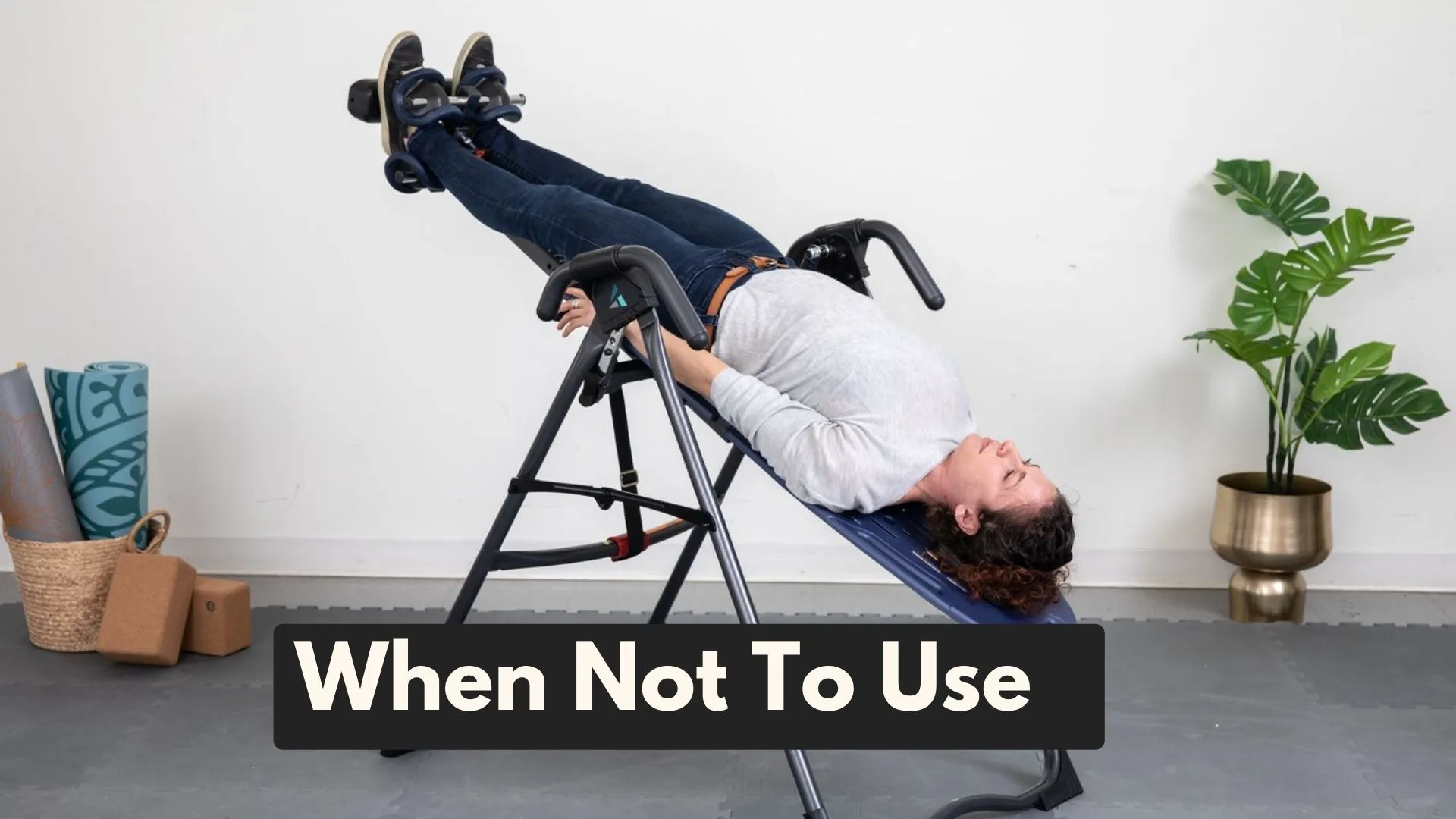
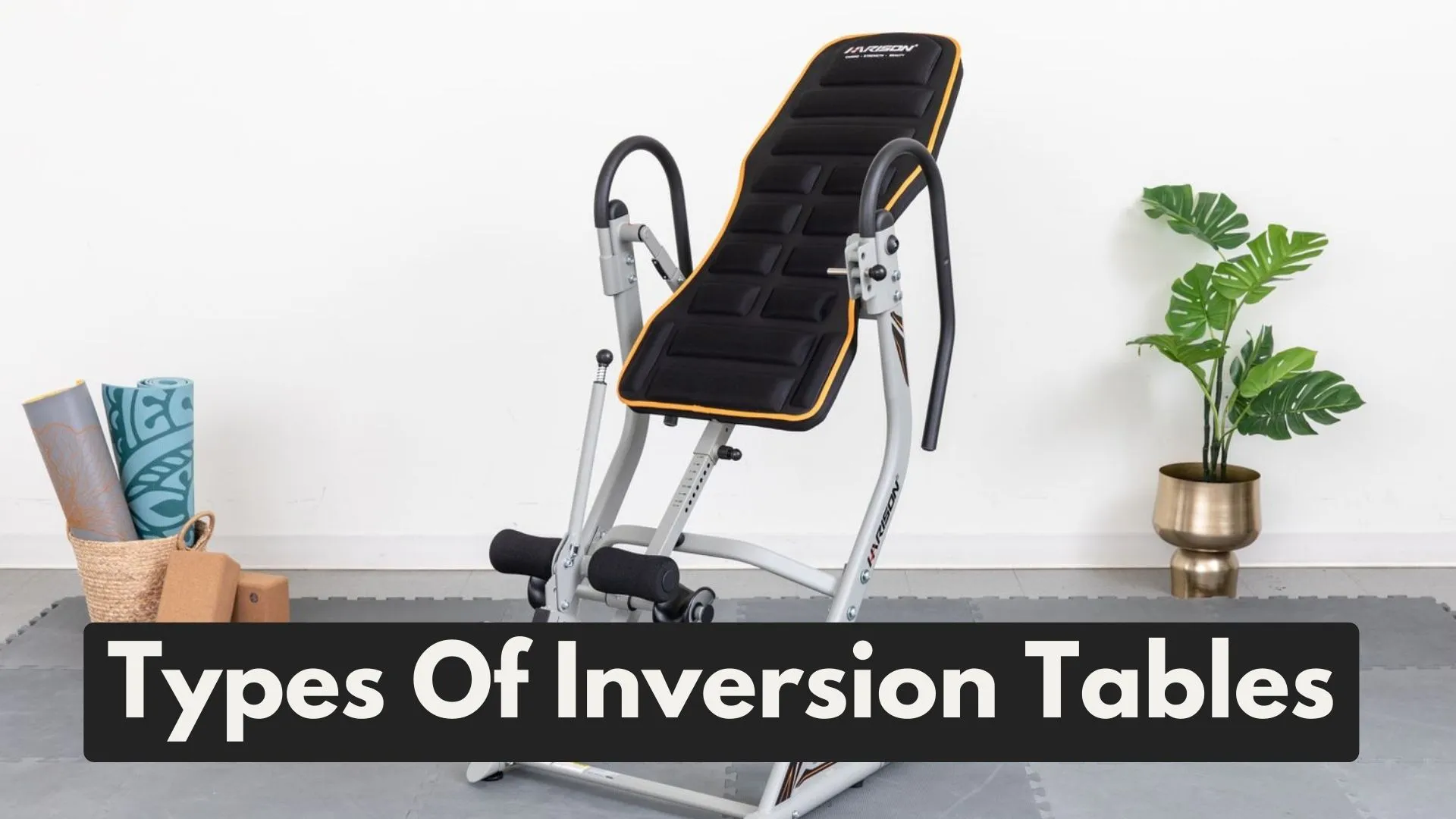
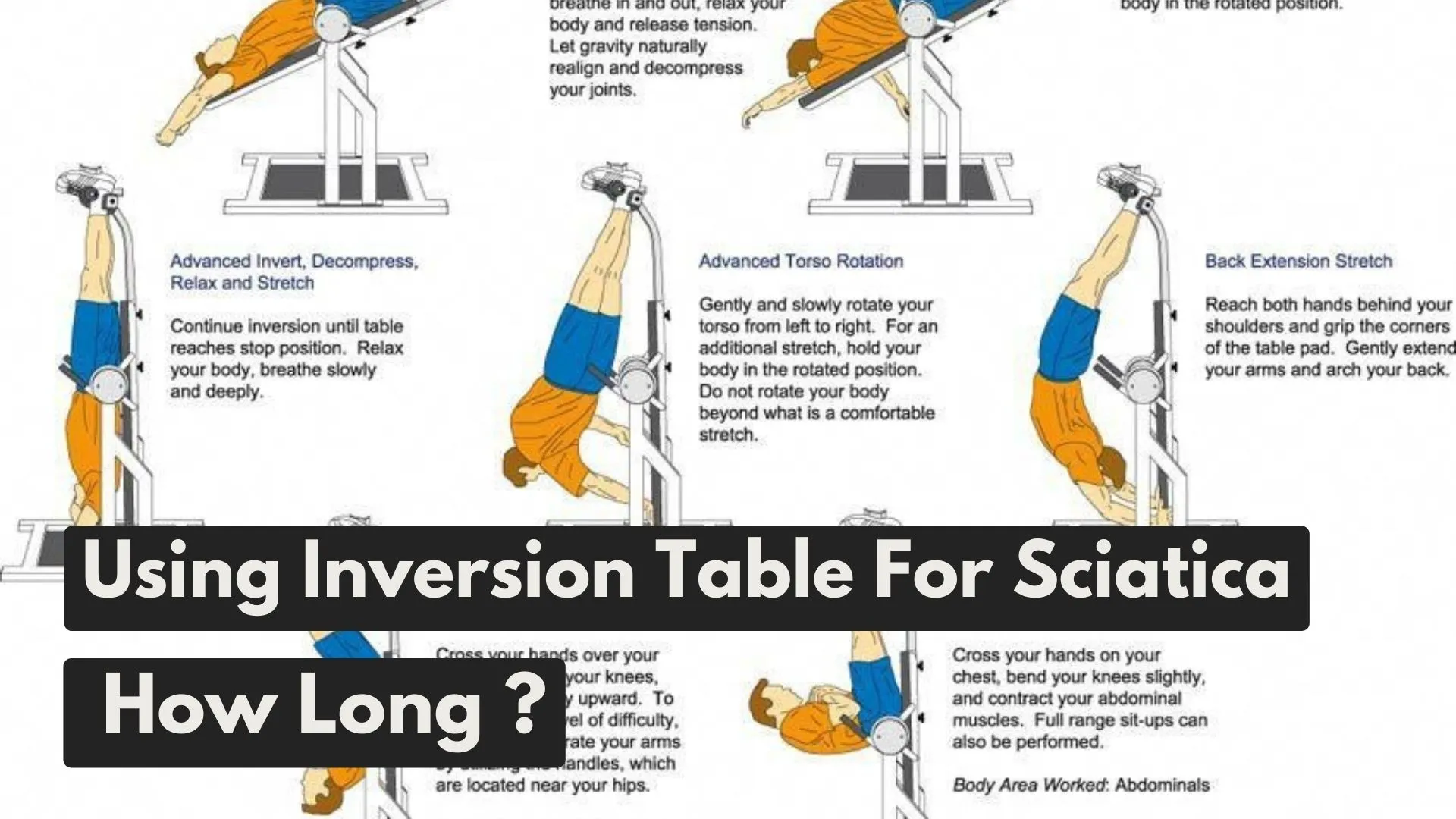


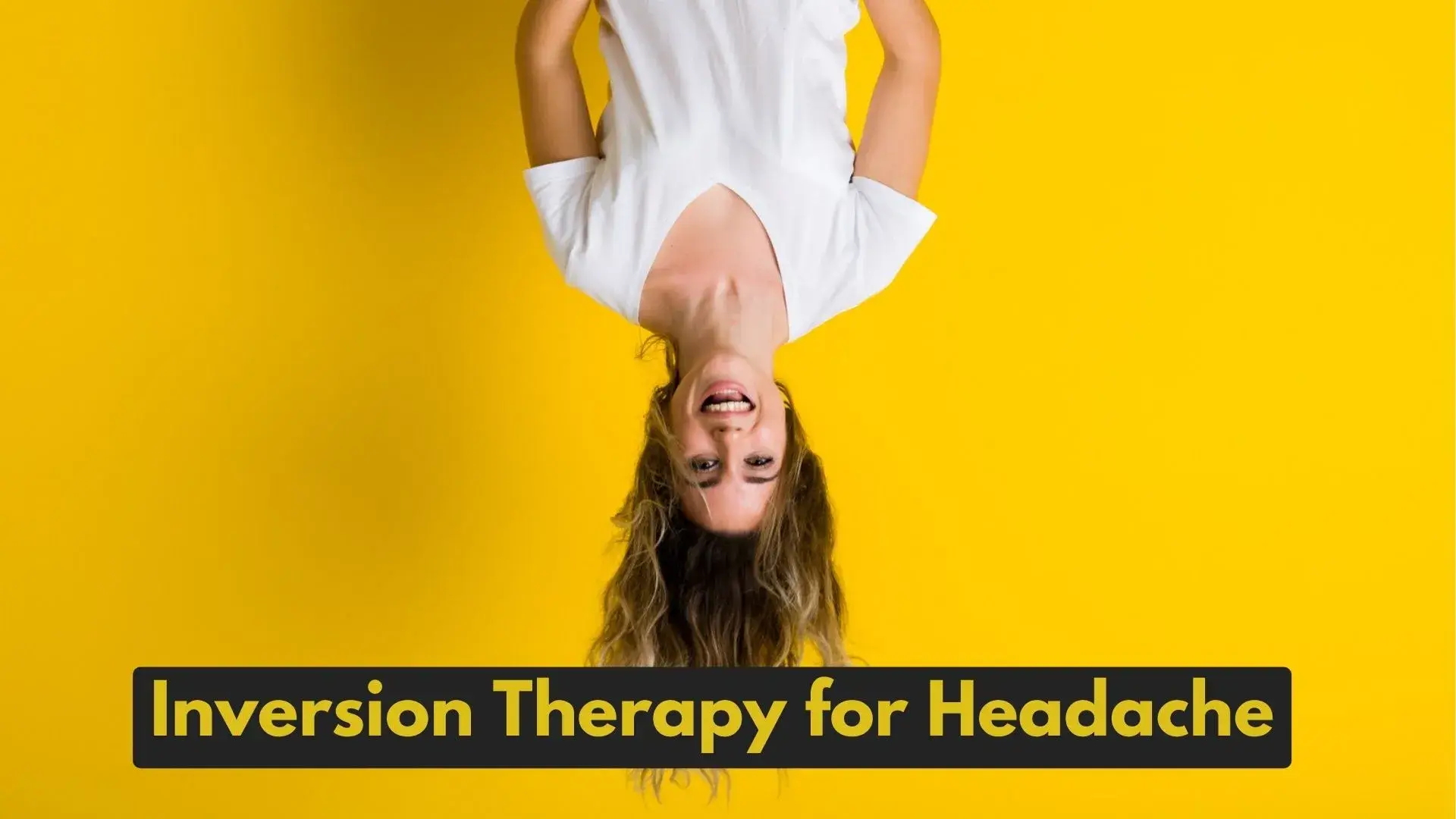




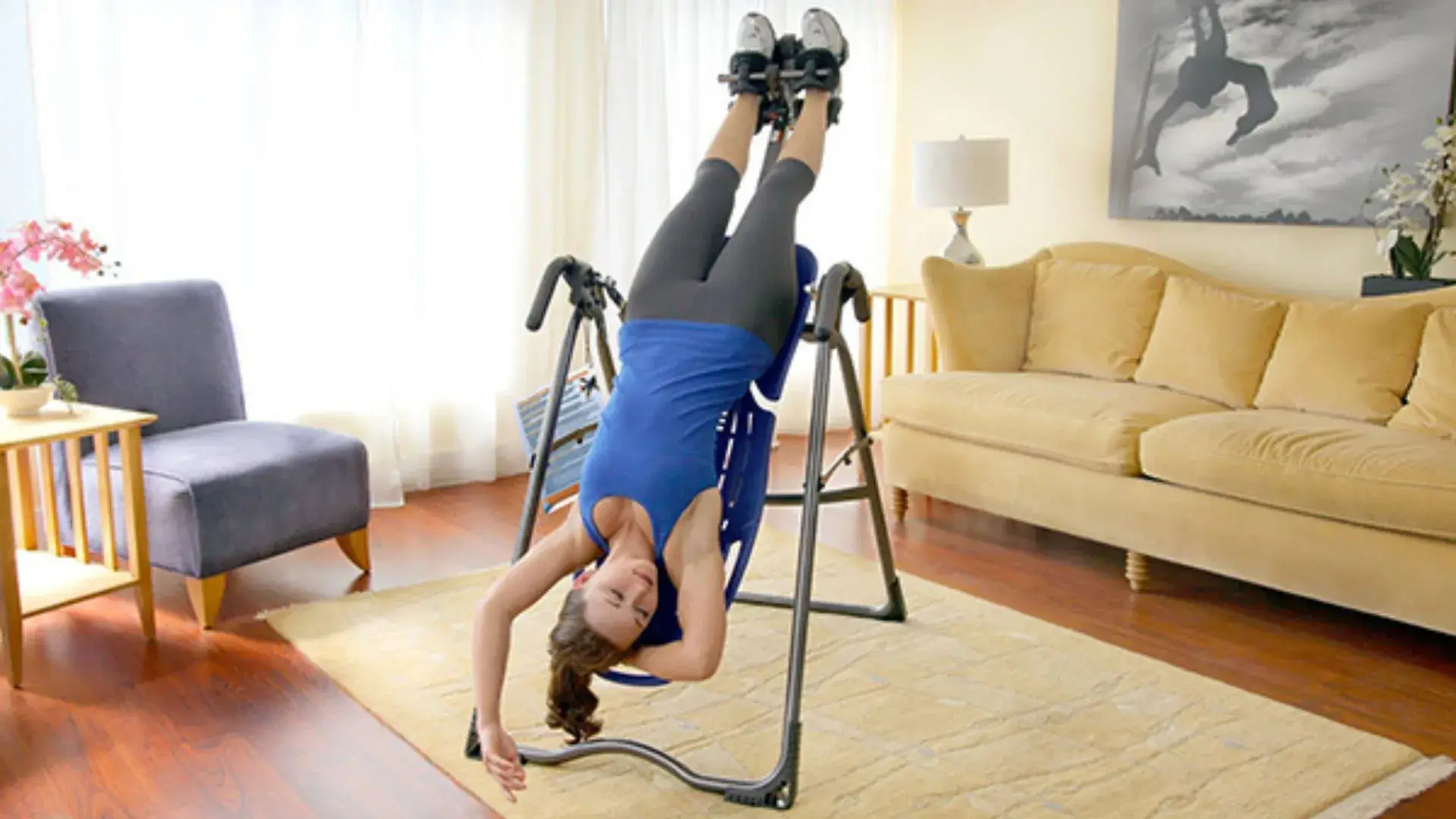



![Inversion Table Exercise & Workout Therapy Instruction [ Must-Read Guide ] inversiontablehub.com](https://inversiontablehub.com/wp-content/uploads/2023/02/Red-and-Black-Dark-Gamer-Sports-YouTube-Outro-18.webp)

Leave a Reply